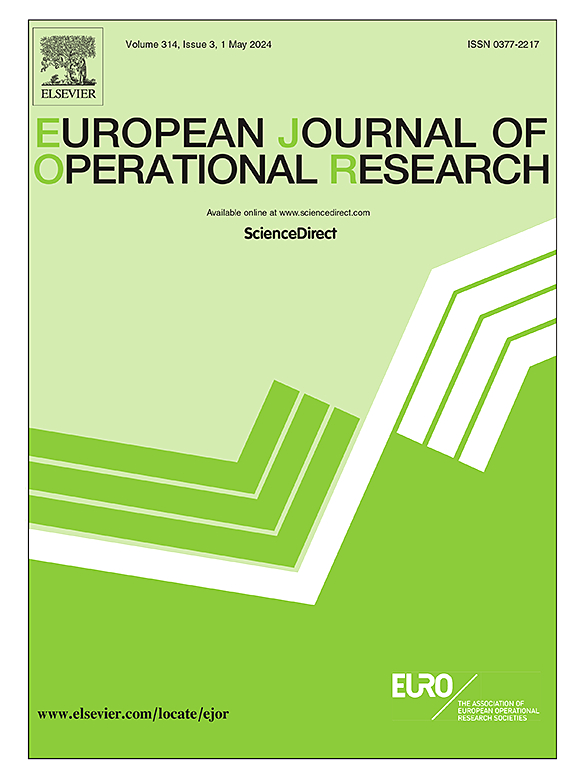Joint pricing of default-free and defaultable claims in a reduced-form model featuring a martingale part
IF 6
2区 管理学
Q1 OPERATIONS RESEARCH & MANAGEMENT SCIENCE
引用次数: 0
Abstract
Structural and reduced-form approaches form the main classes of default models. The second family can be classified in two sub-groups, using the shape of the Azéma supermartingale,以鞅部分为特征的简化形式模型中无违约债权和可违约债权的联合定价
结构化和简化形式的方法构成默认模型的主要类。第二族可以分为两个子群,使用azsamma上鞅G的形状,其中G不断减小的与Cox模型相吻合,并且已经被广泛研究并应用于许多实际问题。它们很方便,因为它们显示了所谓的浸入性质(也称为H假设),根据这个性质,使用标准符号,每个f鞅都是g鞅。相比之下,那些G具有鞅部分的函数-因此可以局部递增-已经从理论角度进行了研究,但仅在少数应用中使用,在这种情况下所采用的设置相当复杂。这可以解释,因为与设计一个既可以容纳无违约资产又可以容纳可违约资产的市场模型相关的理论挑战,以及缺乏对如何在这种设置中模拟与其他风险因素相关的违约时间的理解。本文通过提出该类无套利市场模型的一个具体例子,并依靠Φ-martingale过程来填补这一空白。后者表现出与Cox相似的复杂性,但具有自动校准给定违约概率曲线和CDS期权报价的优势,易于模拟,并且与最先进的强度模型相比,能够显示更强的依赖效应。以交易对手风险为特征的明确计算和数值应用,特别是带有错误方向风险的信用估值调整(CVA),说明了结果。
本文章由计算机程序翻译,如有差异,请以英文原文为准。
求助全文
约1分钟内获得全文
求助全文
来源期刊

European Journal of Operational Research
管理科学-运筹学与管理科学
CiteScore
11.90
自引率
9.40%
发文量
786
审稿时长
8.2 months
期刊介绍:
The European Journal of Operational Research (EJOR) publishes high quality, original papers that contribute to the methodology of operational research (OR) and to the practice of decision making.
 求助内容:
求助内容: 应助结果提醒方式:
应助结果提醒方式:


